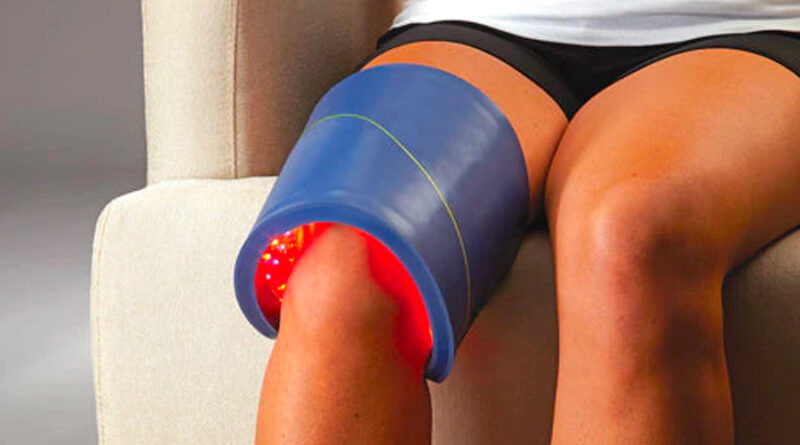Happy Feet, Happy You: Tackling Heel Pain with Practical Tips
Heel pain is a common ailment that can disrupt our daily lives and hinder our mobility. Whether caused by plantar fasciitis, heel spurs, or other factors, addressing heel pain requires practical strategies to promote comfort and well-being. In this article, we’ll explore simple yet effective tips to help you tackle heel pain and keep your feet happy.
1. Supportive Footwear Matters:
Choosing the right footwear is crucial for addressing heel pain. Avoid high heels or shoes with inadequate support, as they can contribute to heel discomfort. Invest in quality, supportive footwear to provide your feet with the care they need.
2. Stretching for Flexibility:
Regular stretching exercises can enhance the flexibility of the muscles and ligaments in your feet. Perform simple stretches, like toe stretches and calf stretches, to alleviate tension in the heel area. Incorporating these stretches into your daily routine can contribute to overall foot health and reduce heel pain.
3. Ice and Massage Therapy:
Applying ice to the affected heel can help reduce inflammation and numb pain. Additionally, massaging the foot using a tennis ball or a frozen water bottle can provide relief. These simple at-home therapies can be effective in managing heel pain and promoting relaxation in the affected area.
Now, let’s explore a more advanced option that may offer additional benefits – medical-grade red light therapy.
4. Consider Medical-Grade Red Light Therapy:
For those seeking advanced options to alleviate heel pain, consider medical-grade red light therapy. This innovative approach exposes the affected area to low levels of red or near-infrared light, stimulating cellular activity and promoting healing. While traditional methods focus on symptom management, medical-grade red light therapy addresses the root cause, providing a potential solution for persistent heel pain.
5. Adequate Rest and Elevation:
Rest is a crucial component of heel pain management. Avoid excessive standing or walking, especially on hard surfaces. When possible, elevate your feet to reduce swelling and alleviate pressure on the heels. Allowing your feet sufficient time to rest and recover is essential for effective heel pain relief.
6. Maintain a Healthy Weight:
Excess body weight can contribute to heel pain, especially conditions like plantar fasciitis. Maintaining a healthy weight reduces the strain on the feet and minimizes the pressure on the plantar fascia. Adopting a balanced diet and incorporating regular exercise can contribute to weight management and overall foot health.
7. Supportive Inserts and Orthotics:
Consider using supportive inserts or orthotic devices in your shoes to provide additional support to your feet. These can help distribute pressure more evenly and reduce strain on the heels. Customized orthotics, prescribed by a healthcare professional, offer tailored solutions for individual foot concerns.
8. Gradual Exercise and Conditioning:
If you engage in regular physical activities, it’s essential to introduce new exercises gradually and condition your feet accordingly. Sudden increases in intensity or duration can lead to heel pain. Listen to your body, wear appropriate footwear, and ensure your exercise routine supports rather than exacerbates heel discomfort.
In conclusion, addressing heel pain involves a combination of practical tips and, for those seeking advanced options, considering treatments like medical-grade red light therapy. By incorporating supportive footwear, engaging in stretching exercises, and adopting healthy lifestyle habits, you can take proactive steps towards happy feet and an improved quality of life. If heel pain persists or becomes severe, consult with a healthcare professional for personalized advice and intervention.




